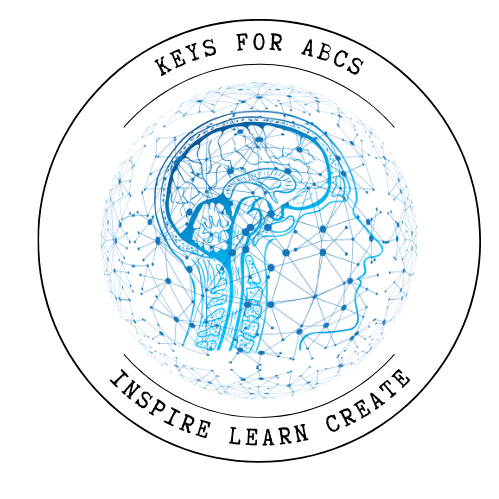Learning, real authentic learning, doesn’t fit neatly into little boxes. You can’t track with checklists or rubrics. It’s elusive, yet you know it when you see it. It’s a combination of logic and emotion that changes your very being. Real learning is about embracing discomfort. It’s about recognizing that we are creatures of emotion and that emotion shapes our essence. Real learning is a delicate balance of experience and reflection infused with a healthy dose of courage that defies a simple step-by-step outline.
I considered how I have learned the greatest lessons in my life and came to the startling conclusion that most of what I know was learned not through classes or lessons but through rolling up my sleeves and jumping into the experience of life itself. I attempted to map how I had learned things in real life outside of my academic programs. For ease of simplicity, I linearly mapped this process. However, it’s not linear; it is closer to cyclical. Natural learning is a collection of steps that seem rearranged in variant fashions depending on the circumstances.
The Natural Learning Model starts with an event or experience. You get a new job, your car breaks down, you break up with your significant other, you make a new friend, or you go ice skating for the first time (or the 25th). Something happens in your life, big, small, or otherwise. Depending on your experiences and personality, you will either respond to an event in the moment or by creating a plan. No matter whether you respond in the moment or by creating a plan, this response is almost always based on your current frame of reference. If you consider your response to the event or experience to be successful, then you will integrate the new circumstances within your current frame of reference.
It gets exciting when you consider your response to the event or experience to be a failure because a sense of failure creates cognitive and/or emotional dissonance. Those moments when you know something has changed. Cognitive and emotional dissonance may include anger, fear, worry, anxiety, and confusion. This is completely reasonable, considering that cognitive and emotional dissonance is a direct result of realizing that your current frame of reference has failed you.
For some, this results in what I call an Ego-Push. It’s that moment were we stubbornly hold to the current frame of reference because pride will not allow us to accept that our current of reference may not be correct or complete. Those who do not intentionally reflect at this stage, may find themselves in what I call Emotional Quicksand, stuck in this emotional experience and unable to move passed the feelings or ego-push.
The way out of the emotional quicksand is simple. It’s curiosity. When curiosity begins to become the dominant emotion, then and only then can you step out of the emotional quicksand. Curiosity leads to a quest for solutions. This may begin with new solutions within your current frame, but they quickly move to new ideas, searching for other points of view and searching for new knowledge.
Once you have collected solutions, there are three primary ways to decide which solution to implement. Either use a pro-con logic, defer to previous experience, or rely on our intuition. Naturally, once you have implemented a solution, you would consider whether the solution is a success or failure. If the solution is a failure, you would return to the emotional quicksand.
Take a moment to consider this proposed model. Does it align with your experiences and observations? Have you ever been stuck in emotional quicksand or demonstrated an ego-push? For now, let’s agree that this model is a close representation of how we learn in real life, the next step is to link it with teacher created experiences. The three main components to implementing a teacher created experience using this model are creating an intentional experience, facilitating an effective experience and responding to emotional quicksand.
